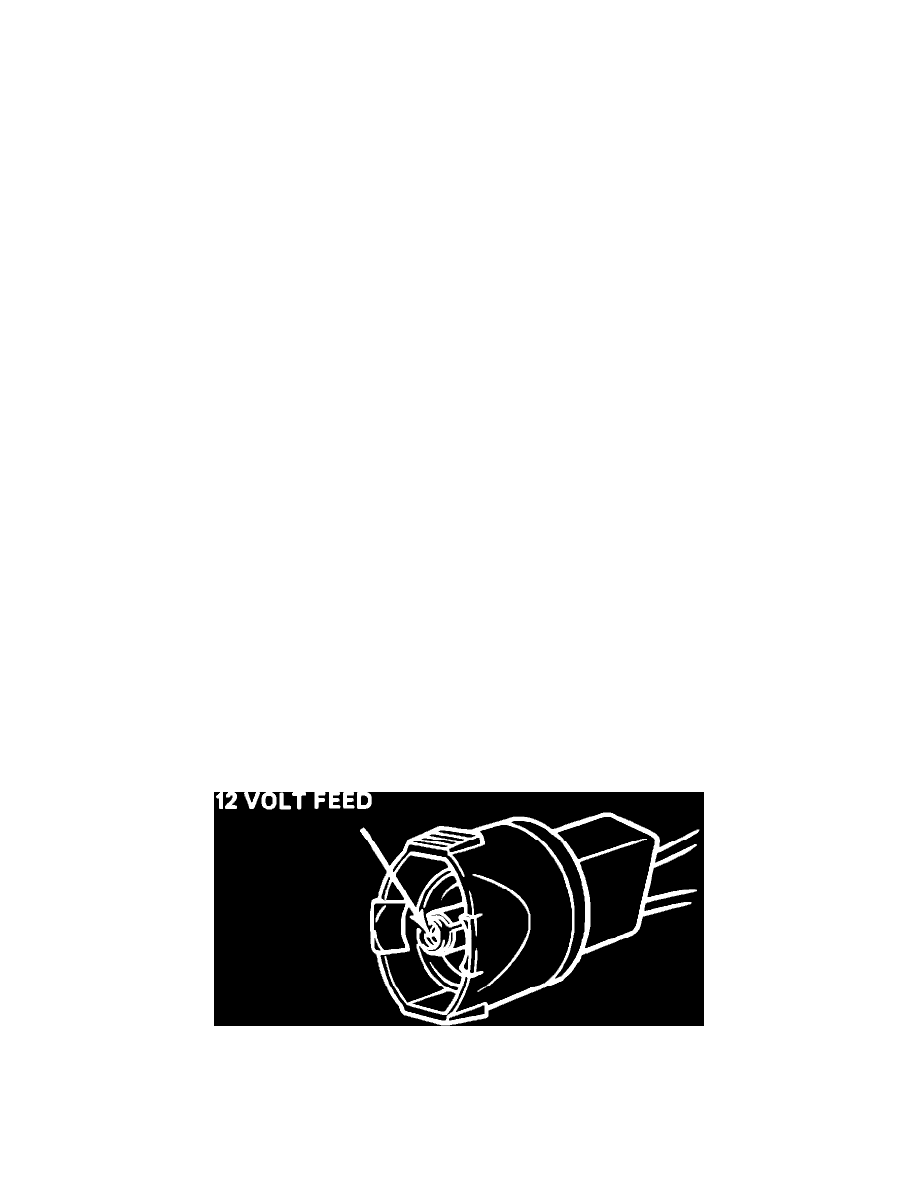Skylark V6-181 3.0L (1986)

Brake Fluid: All Technical Service Bulletins
Brakes - Longer Pedal Travel
Bulletin
86-5-10
Date
July, '89
Ref. No.
89-183-5
Corp. Ref. No.
875007R
SUBJECT:
LONGER BRAKE PEDAL TRAVEL (DIAGNOSIS AND REPAIR PROCEDURE)
MODELS AFFECTED:
1985-86 CENTURYS
1985-86 SKYHAWKS
1985 SOMERSETS
1986 SKYLARKS, AND
1985 ELECTRA/PARK AVENUES EQUIPPED WITH DIAGONAL
SPLIT MASTER CYLINDER AND BRAKE WARNING SWITCH
Some customers may comment about a longer brake pedal travel condition, which is usually corrected by bleeding the brake system. In any case where
this condition is repeated, the wiring to the brake pressure warning switch should be checked.
If the wiring to the brake pressure warning switch connector is reversed, the polarity of the brake pressure warning switch will also be reversed (even
though the switch is not defective), and a small current may flow thru the brake fluid. This may cause some of the fluid to gasify, creating bubbles in the
fluid which will act like air in the system. If enough gas accumulates in the brake hydraulic system, the brake warning lamp may come on.
NOTICE:
If this condition is present, noticeable accumulation of gas in the brake hydraulic system will take place over a long period of time, resulting in a very
gradual change in brake pedal feel.
To test for this condition, perform the following steps:
1.
Start the vehicle and observe the instrument panel for brake warning lamp operation. The brake warning lamp must be functioning properly before
proceeding further with diagnosis. Repair of the lamp may involve bulb replacement and/or circuit diagnosis.
2.
If the brake warning lamp operates correctly, proceed as follows:
a.
Disconnect the connector from the switch.
b.
Set the ignition switch to RUN position.
c.
With a test light, probe the center terminal of the connector with one lead and ground the other lead to a chassis ground (NOT the connector
ground). If the test light illuminates, indicating current flow, the polarity is correct. See illustration.
d.
If the test light does not light when probing the center terminal of the connector, probe the grounding ring of the terminal with one lead and
